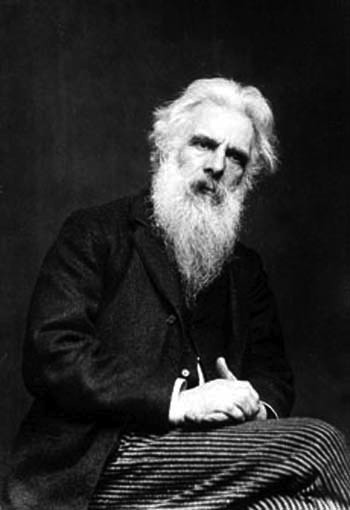
Using multiple cameras, Muybridge essentially discovered and defined the amount of images that needed to be shown every second in order to create the illusion of movement, founding what we know today as the amount of frames per second.


As images are shown in quick secession in a format of 24-25 frames per second, we are able to retain the previous image in our mind to enable us to see the illusion of movement. By examining these individual frames, Muybridge essentially discovered that the running cycle of a horse left the ground on all four hooves for a brief moment in time.
Thus, this is the founding principle of all animation, relying on the perceptual phenomenon that is the persistence of vision to create the illusion of movement. It is an amazing power to behold, effectively having the ability to create new worlds in that of the moving image.
Perhaps a fitting example of this is in the flipbook style animation of Ian Mackinnon and his short film Adjustment. Each individual image is lovingly drawn for a truly incredible effect in the midst of a story of a failing relationship.









0 comments:
Post a Comment